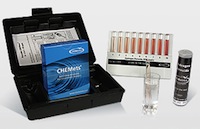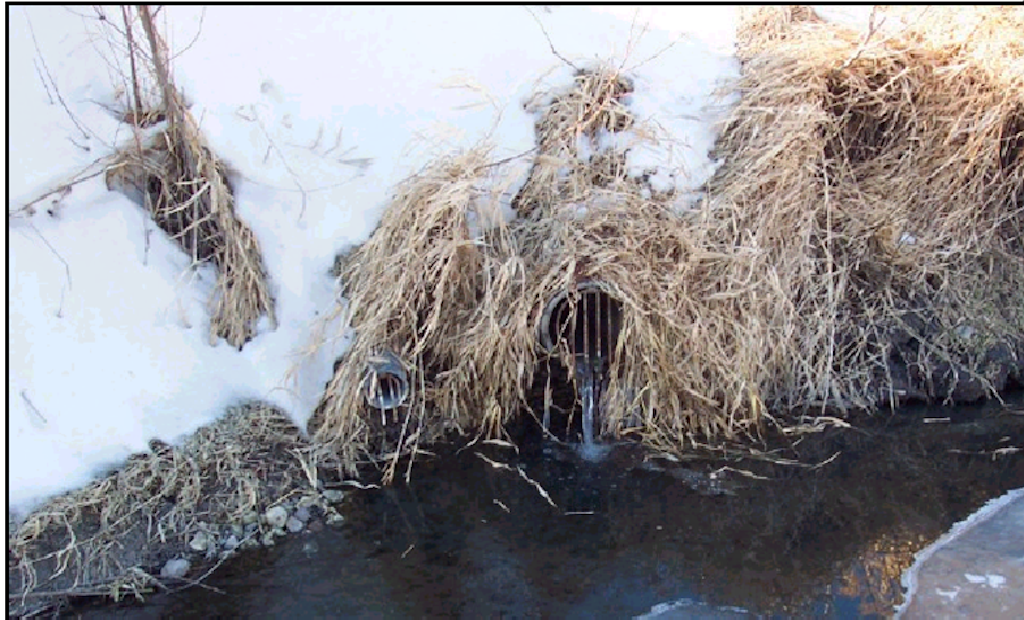Interested in Education/Training?
Get Education/Training articles, news and videos right in your inbox! Sign up now.
Education/Training + Get AlertsThere are several reasons you may be testing the ammonia (NH3) or nitrate (NO3) in a septic system.
1. Direct-discharging system - If you have a system that directly discharges to a lake, river or stream you may have an ammonia limit. NH3 can be toxic to freshwater organisms at concentrations ranging from 0.53 to 22.8 mg/L. Toxic levels are both pH and temperature dependent. Toxicity increases as pH decreases and as temperature decreases.
2. Denitrification system - Wastewater naturally contains fairly high levels of total nitrogen, typically in the range of 50-90 mg/L. It is found in four different forms: organic nitrogen, ammonia, nitrite and nitrate. High nitrate in drinking water (greater than 10 mg/L) can impact health. High ammonia also adds to the biochemical oxygen demand (BOD) load of the effluent when it is oxidized to nitrate. Typical ammonia levels in effluent leaving a septic tank are 30-50 mg/L. Knowing how much ammonia you have can indicate the oxygen requirement needed to convert it into nitrate. The typical phases of nitrogen in septic systems are shown below:
- Phase 1: Organic nitrogen (N) is excreted by people in the form of urea, dead cell material, amino acids and proteins.
- Phase 2: In the anaerobic septic tank, a majority of N is converted to ammonia (NH3).
- Phase 3: Nitrification: In the presence of sufficient oxygen (aerobic conditions) the NH3 is converted to nitrate (NO3). This can occur in a soil treatment or pretreatment system.
- Phase 4: Denitrification: If appropriate anaerobic conditions exist, the NO3 is converted to nitrogen gas (N2). This can occur in a soil treatment or pretreatment system.
Testing options
Typically ammonia samples will be obtained after a septic tank or pretreatment system, whereas nitrate will only be measureable after aerobic treatment. For regulatory requirements a certified lab analysis is typically required, but if testing is being done for informal reasons or troubleshooting, ammonia or nitrate test kits or strips may be  a good, low-cost option to provide quick results in the field.
a good, low-cost option to provide quick results in the field.
- Test kits – several types and ranges exist so one must be chosen based on the expected ammonia or nitrate concentrations. The cost per test is approximately $1.
- Test strips – These are individual pads on a polystyrene strip packaged in vials molded with a liner for protection from moisture. The ranges are very important to note as the ammonia only reaches 6 mg/L so it will only be useful to discharging systems. The cost per test is approximately $1.
- Ammonia range - 0-6.0 mg/L reported as 0, 0.5, 1.0, 3.0 or 6.0
- Nitrate range - 0 to 50 mg/L reported as 0, 1, 2, 5, 10, 20, 50 ppm
About the Author
Sara Heger, Ph.D., is an engineer, researcher and instructor in the Onsite Sewage Treatment Program in the Water Resources Center at the University of Minnesota. She presents at many local and national training events regarding the design, installation and management of septic systems and related research. Heger is education chair of the Minnesota Onsite Wastewater Association (MOWA) and the National Onsite Wastewater Recycling Association (NOWRA), and serves on the NSF International Committee on Wastewater Treatment Systems. Send her questions about septic system maintenance and operation by email to kim.peterson@colepublishing.com.






